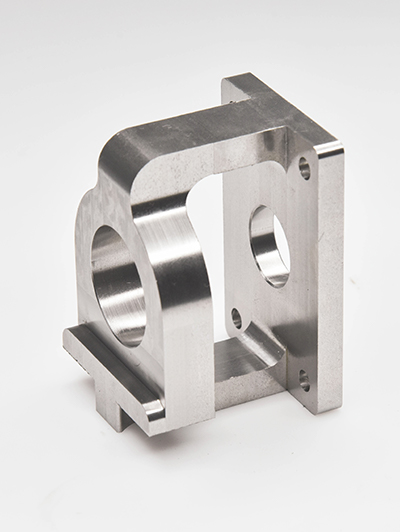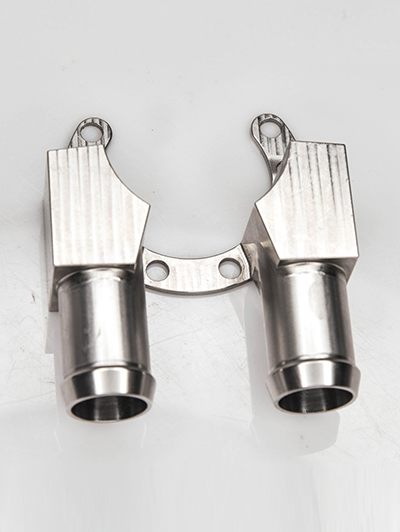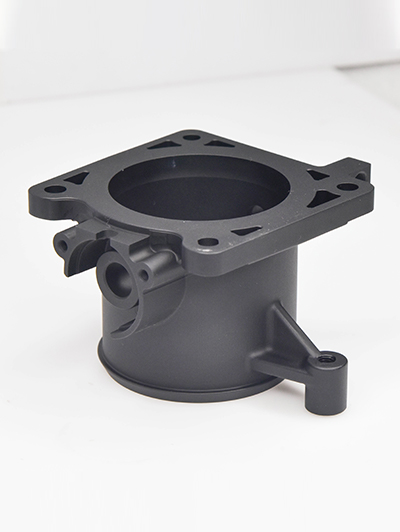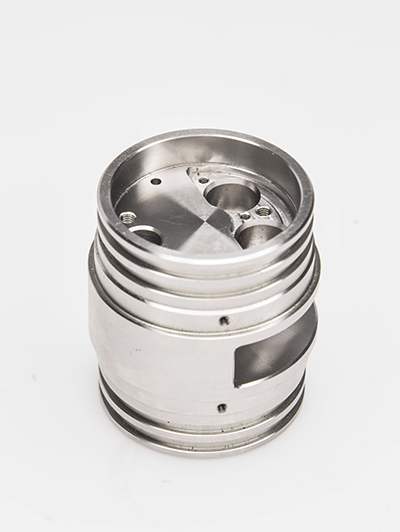Information
How Precision Parts Processing is Transforming the Aerospace Industry
Precision parts processing is revolutionizing the aerospace industry by providing high-quality, customized parts that are essential for building and maintaining aircraft. This technology allows for the production of complex components with tight tolerances and exact specifications, ensuring the safety and efficiency of aircraft.
One of the key ways precision parts processing is transforming the aerospace industry is by increasing efficiency and reducing costs. By using advanced machining techniques such as CNC milling and turning, manufacturers can produce parts with minimal waste and shorter lead times, leading to faster production times and lower production costs. This allows aerospace companies to bring new aircraft to market faster and more cost-effectively.
Precision parts processing also improves the performance and reliability of aircraft by producing components with tighter tolerances and greater consistency. This results in aircraft that are more fuel-efficient, have longer service lives, and require less frequent maintenance. Additionally, precision parts processing allows for the production of lightweight materials, which can help to reduce the overall weight of the aircraft and improve its performance.
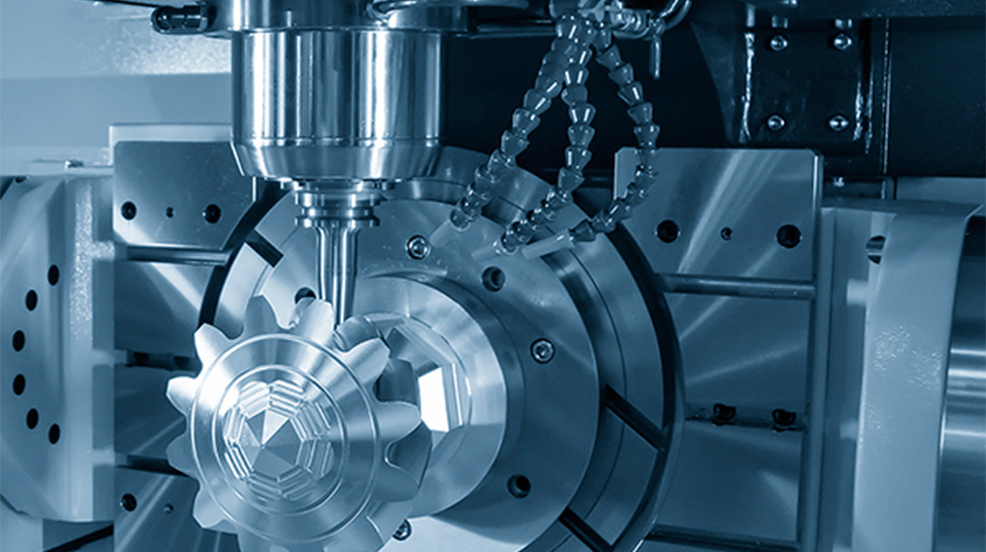
Furthermore, precision parts processing enables aerospace companies to create customized parts that are specifically tailored to the needs of their aircraft. This level of customization allows for greater flexibility in design and engineering, leading to improved performance and safety. Aerospace companies can also incorporate new materials and technologies into their aircraft designs, further enhancing their capabilities and competitiveness.
Overall, precision parts processing is transforming the aerospace industry by providing high-quality, customized parts that are essential for building and maintaining aircraft. This technology is helping to improve efficiency, reduce costs, enhance performance, and increase the safety of aircraft, making it an indispensable tool for aerospace manufacturers around the world.
Enhancing Efficiency in Aerospace Technologies
1. Implementing advanced automation and robotics: By utilizing automated systems and robotics in aerospace technologies, tasks can be performed more quickly and accurately, leading to increased efficiency. This includes automated systems for manufacturing, inspection, maintenance, and handling of materials.2. Adopting digital twin technology: Digital twin technology allows for real-time monitoring and simul...
Cutting-edge Machining of Unique Materials
Advancements in technology have allowed for the cutting-edge machining of unique materials that were previously difficult to work with. This has opened up new possibilities for manufacturing industries, allowing for the production of components and products that were once thought to be impossible.One such material that has benefited from cutting-edge machining techniques is carbon fiber. Carbon fiber is a l...
Enhancing Efficiency in Aerospace Technologies
1. Implementing advanced automation and robotics: By utilizing automated systems and robotics in aerospace technologies, tasks can be performed more quickly and accurately, leading to increased efficiency. This includes automated systems for manufacturing, inspection, maintenance, and handling of materials.2. Adopting digital twin technology: Digital twin technology allows for real-time monitoring and simul...
Cutting-edge Machining of Unique Materials
Advancements in technology have allowed for the cutting-edge machining of unique materials that were previously difficult to work with. This has opened up new possibilities for manufacturing industries, allowing for the production of components and products that were once thought to be impossible.One such material that has benefited from cutting-edge machining techniques is carbon fiber. Carbon fiber is a l...
Shape accuracy detection
In addition to dimensional accuracy, the shape accuracy of the parts cannot be ignored. Detect shape errors such as roundness, cylindricity, and flatness of parts using equipment such as roundness meters and contour meters. For example, when processing high-precision bearing rings, the accuracy of roundness and cylindricity directly affects the rotational accuracy and service life of the bearing.
Dimensional accuracy testing
Using advanced measuring tools and techniques, such as coordinate measuring instruments, optical imagers, etc., to accurately measure the dimensions of parts. For precision parts, dimensional tolerances are usually controlled at the micrometer level, so high-precision measuring equipment is required to ensure the accuracy of the test results. For example, when processing precision molds for mobile phone chi...
- +86 13603025252
-

WhatsApp
- info@jiujucnc.com


